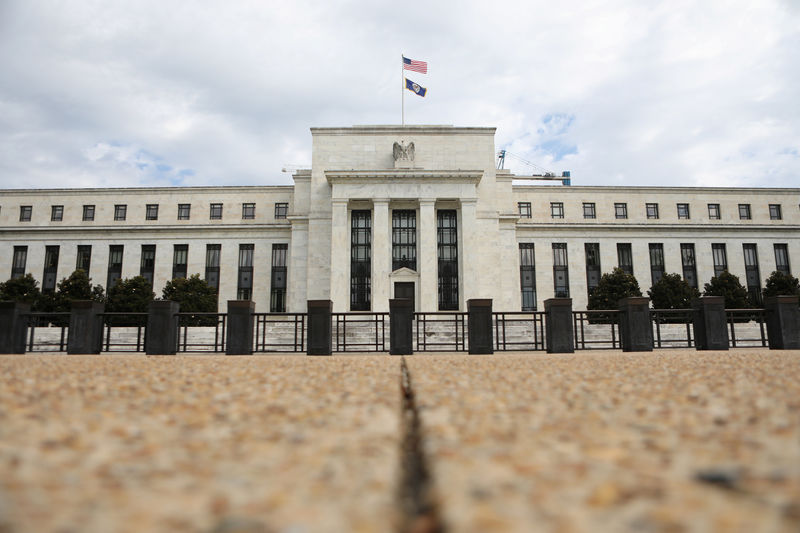Domino’s Pizza Australia rejects Bain Capital takeover report after share surge
Investing.com -- Is the Fed about to cut rates and call time on quantitative tightening? Jefferies thinks so, arguing policymakers have no choice but to shift gears as data dries up and funding pressures start to bite.
"The bottom line is that there is no clear evidence that it is inappropriate to continue down the path that was laid out at the last FOMC meeting towards a less restrictive stance," Jefferies’ Thomas Simons said in a Friday CPI report, pushing against some concerns that the lack of key economic data amid the ongoing U.S. government shutdown could force the central bank to turn cautious on cuts.
Despite the lack of the data, Friday’s inflation report “was once again relatively benign,” Simons added, with recent CPI prints coming in soft and shelter prices increasing by the smallest amounts since early 2021.
Against the backdrop of cooling inflation, Jefferies expects another 25 basis points rate cut at the Fed’s Oct. 28-29 meeting, and the end of the central bank’s ongoing reduction in Treasury holdings in November.
"We expect that the Fed will announce that QT will cease beginning in November, or at a minimum, they will signal an intention to do so by the next meeting," Simons said.
Expectations for the end of the Fed’s quantitative tightening program were given a big boost recently after Fed chairman Jerome Powell signaled that QT was nearing an end in the coming months.
Since 2022, the Fed has been reducing the amount of assets it holds on its balance sheet by allowing maturing assets to roll off its balance sheet. QT has seen the Fed’s balance sheet shrink from nearly $9 trillion at the height of pandemic to the current figure of about $6.59 trillion.
In a speech earlier this month at an economics conference in Philadelphia, Powell reiterated the Fed’s plan to stop balance sheet runoff when reserves "are somewhat above the level consistent with ample reserves conditions."
"We may approach that point in coming months and we are closely monitoring a wide range of indicators to inform this decision," the fed chief added.
Signals from labor market, which has been in the monetary policy driving seat, continue to remain muddy but not alarming, Simons said. State-level jobless claims have “averaged about 229k since the beginning of the shutdown, which is down from the recent peak at the beginning of September."
Jefferies expects the FOMC statement next week to show few changes in tone, but expects officials to announce an end to Treasury runoff and signal more easing to come, with "more details on this transition" provided in the Fed’s implementation note alongside the statement.
